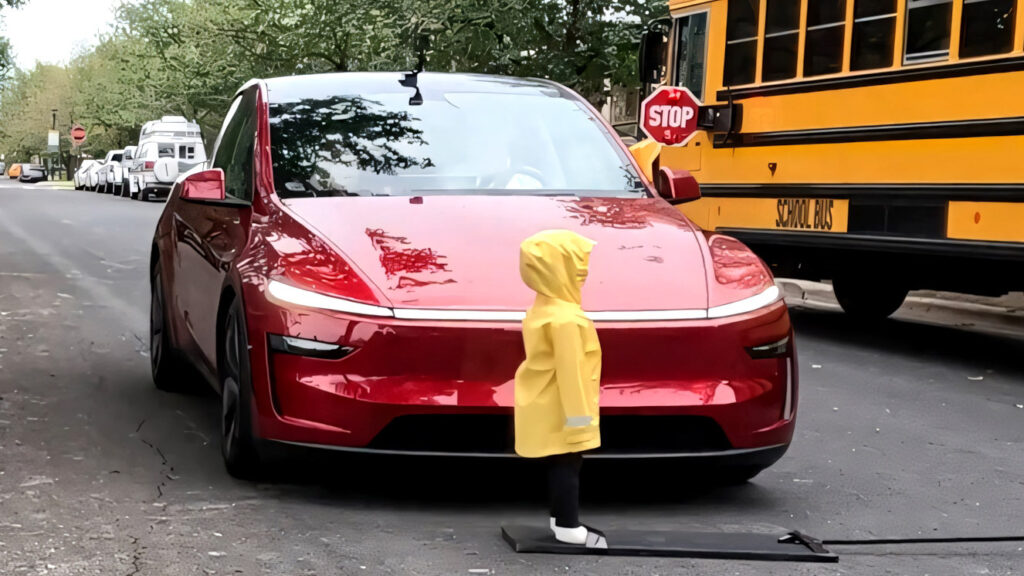Tesla’s FSD Test

There’s been a bit of a stir in the automotive world thanks to the recent tests involving Tesla’s Full Self-Driving (FSD) technology. It’s no secret that Tesla’s innovation often garners attention, but this time, it’s for all the wrong reasons. A test series showcased a Tesla Model Y with its FSD mode hitting a child-sized mannequin. Imagine a scenario where a child suddenly runs toward a school bus—an unfortunately realistic event in a busy neighborhood. This test replicated that kind of situation.
Test Insights
The tests were conducted by The Dawn Project, who teamed up with the Tesla Takedown movement. Together, these groups aimed to highlight what they refer to as “critical safety defects” in Tesla’s FSD software. Now, to be clear, we’re talking about the FSD (Supervised) version, which means the driver should be fully attentive, hands on the wheel, and ready to take control if necessary.
In this test, the Tesla Model Y, starting at around $48,990, ran eight obnoxious laps past a stopped school bus—lights flashing and stop signs deployed—hitting the child mannequin each time. The Dawn Project reported that the FSD system neither disengaged nor alerted the driver after colliding with the mannequin. Quite the head-turner, right?
Causation and Concerns
Dan O’Dowd, the face of The Dawn Project, vocalized strong opinions. Imagine if cars began ignoring school buses; that’s not just a safety wreck—it’s a disaster waiting to happen. O’Dowd even called for an outright ban on this software until these safety blunders are addressed. He had no hesitation in pointing fingers at Elon Musk, critiquing his attention to public safety.
Those familiar with Tesla know that FSD isn’t claimed to be fully autonomous yet. Tesla emphasizes the need for an attentive driver, ready to take action. This points to operator error during tests, but it doesn’t let Tesla off the hook for the potential risks its software poses.
Driving Dynamics
Driving a Tesla Model Y feels futuristic yet a bit odd with the FSD engaged. When it works, it’s a smoother experience compared to manually driving, akin to cruising in a new luxury sedan with adaptive cruise control. It transforms a simple drive into something that feels automated and sophisticated.
However, fellow drivers may notice a stark difference in reaction time and decision making, particularly when comparing it to human instincts. While it manages highways decently, one could argue it lags in complex urban scenarios compared to, say, the stability of a well-equipped Audi or Lexus. Smooth when it works, but as these tests highlight, it needs more than a few tweaks to be deemed reliable in every condition.
Social Ripples
There’s more to it than just the software quirks—there’s a culture war brewing. The Tesla Takedown movement has even urged the Electrify Expo to oust Tesla from showcasing their entry. They argue that each Tesla sale fuels Musk’s financial backing of politics they don’t support, throwing a wrench into Tesla’s brand reputation.
For enthusiasts, it’s important to digest this objectively. Cars and tech are in a continual race of evolution, and each day brings its own learning curve. Tesla will need to navigate this storm carefully if it wants to retain its pioneering reputation in electric and autonomous vehicle tech.
Toyota's Hydrogen Leap
GTI Turns 50
Car Costs Skyrocket
Ram Returns to NASCAR
Marelli Bankruptcy